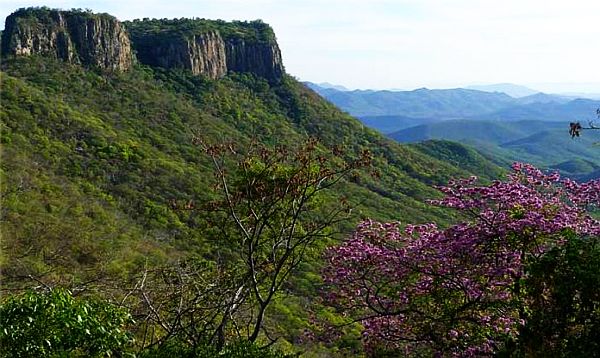Mexico City - Seven areas in the north and northwest regions of Mexico will soon be officially declared as natural preserves, which will bring the number of Áreas Naturales Protegidas (ANPs) in the country to 184, CONANP said last week.
They are: the Marismas Nacionales biosphere and Monte Mojino, both in Sinaloa, the Sierra de Tamaulipas biosphere reserve, the Playa Boca de Apiza in Colima, the Islas del Pacífico of Baja California, the Semiarid Desert reserve of Zacatecas, and the La Giganta and Guadalupe Sierras in Baja California Sur.
According to ANP commissioner, Alejandro del Mazo Maza, the publication of the official decree is forthcoming.
Earlier this month, the commission announced the creation of four new management plans to resolve environmental, social and economic issues in areas that have already been designated as protected. Currently only 97 of the country's 177 protected areas have such a plan in place.
The new management plans seek to preserve species like the whale shark reserve along the north coast of the Yucatan Peninsula and the brown pelican on Isla Contoy in Quintana Roo; the Laguna Madre and the Colorado River delta in Tamaulipas, where 15 percent of the migratory birds from Canada and the United States winter; and the Pico de Orizaba National Park in Veracruz, where nature supplies water to surrounding communities.
Mazo Maza cited the whale shark reserve as an example of the environmental, social and economic issues to be resolved. "This area is home to whale sharks that can reach a length of 14 meters... the management program establishes rules for sustainable practices and authorizes just 160 whale watching boats," he said.
Original article translated and edited by Ricardo Acerco for BanderasNews.com.


